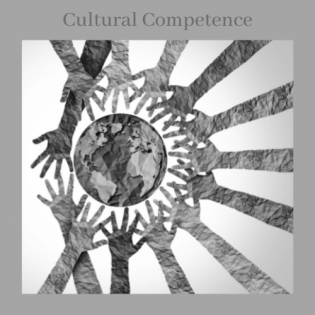World Languages
Our communities may have people from many cultures and there may be many different languages spoken. Sparked by a playful video of kids teaching other kids their languages, we explore the languages represented in our communities.
- Identify any languages represented in the community
- Understand how to ask questions about unfamiliar languages
poster making materials
If in a school setting, connect with the district's ELL coordinator/teacher (or administration) to identify what languages are spoken in your district. If outside of school, use demographic data to identify what languages might be spoken in your area.
Practice pronouncing the name “Kareemalayaseenadeen.”
If you know that there are participants who are bilingual, invite their families to share their experience of speaking dual languages.
What questions did you notice the kids in the video asking? How did the kids react if they made a mistake? Notice how we can ask questions about things we don’t know, without teasing or making people feel badly. Compare that with the treatment of Kareemalayaseenadeen in the book Teach Us Your Name.
- “Show and Tell Foreign Languages.” YouTube. [https://youtu.be/r172Mb8h5Zw]
- Teach Us Your Name by Huda Essa (find a readaloud on YouTube) and the accompanying literature guide by Learning to Give
Instructions
Anticipatory Set:
Show the video, “Show and Tell Foreign Languages.” Talk about the experience of listening to another language.
Explain to the group that there are different languages all around us every day, just like there are diverse cultures. If you have the data, inform the youth what languages are specifically represented in your community.
Ask if anyone in the group speaks another language or has another language spoken at home. If so, discuss how that makes them feel.
Discuss that our names are one representation of a language. For example, Javier (Spanish), Priyanka (Hindi), Auli’i (Hawaiian), Djimon (West African).
Read Teach Us Your Name. Discuss how Kareemalayaseenadeen felt in the beginning, middle and end of the book. Have the youth explain how Kareemalayaseenadeen might have felt about her name if her class spoke the same language as her family overseas.
After discussion, have the kids teach their names to the group in whatever clever way they can imagine (a pneumonic, breaking it down phonetically, rhymes with, etc.) then present their names to the group.
Giving back to the community: Have the group create posters in any languages that are represented in the community. There are often materials at the county level that can be printed in multiple languages.
Philanthropy Framework
-
Strand PHIL.II Philanthropy and Civil Society
-
Standard PCS 02. Diverse Cultures
-
Benchmark MS.2 Describe the importance of hearing all voices in a community and respecting their right to be heard.
-
Benchmark E.2 Discuss the importance of respect for others.
-
-
-
Strand PHIL.III Philanthropy and the Individual
-
Standard PI 01. Reasons for Individual Philanthropy
-
Benchmark MS.9 Identify pro-social behavior in different cultures and traditions.
-
-
